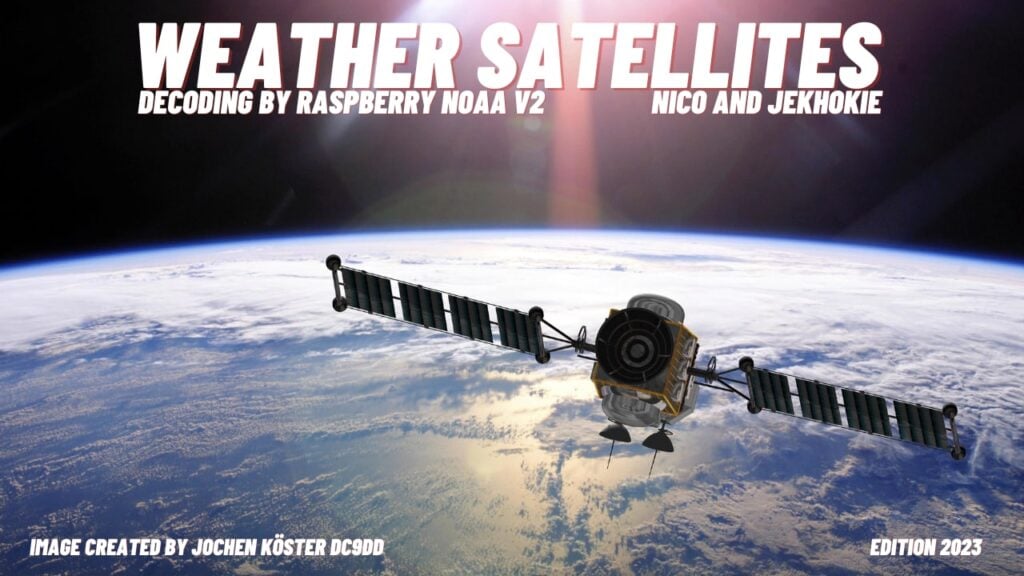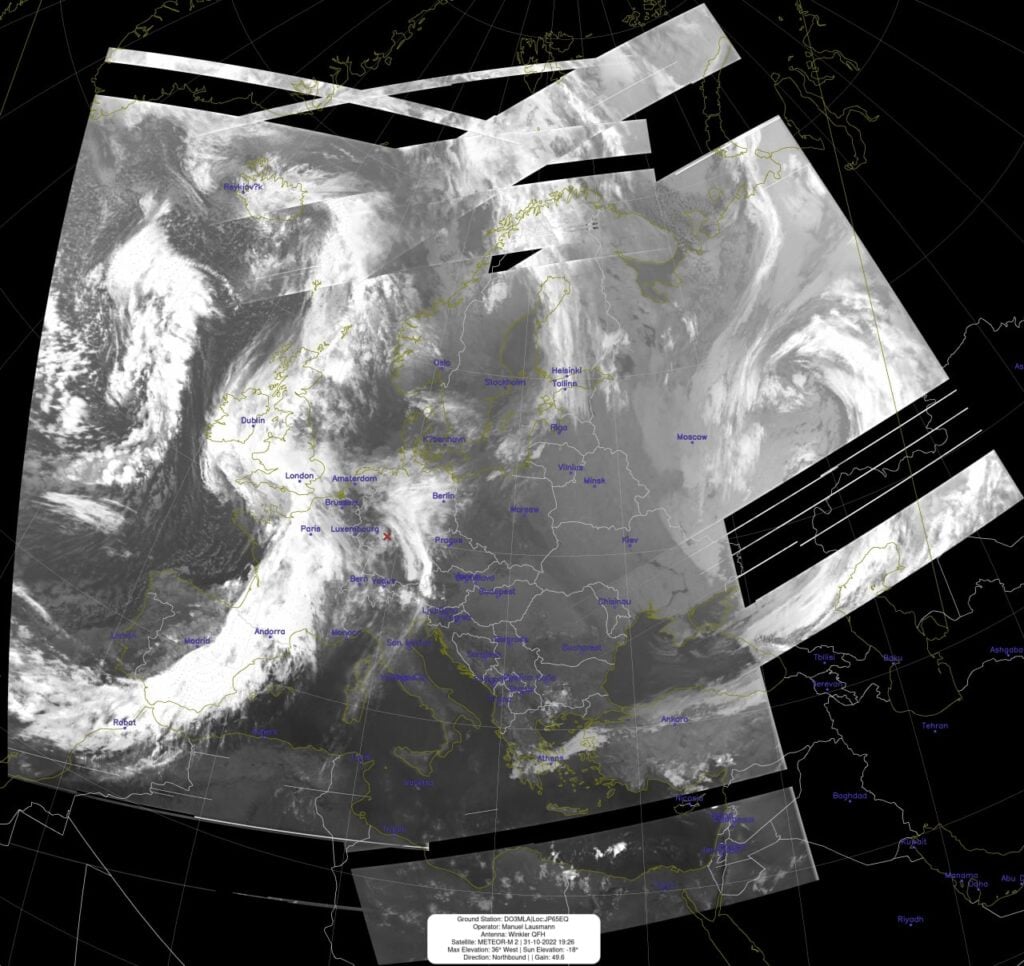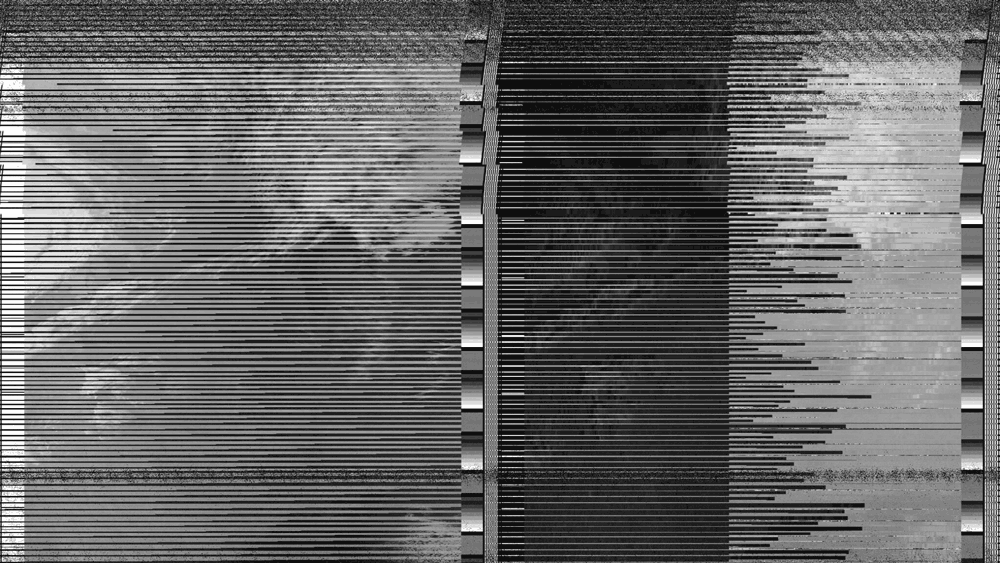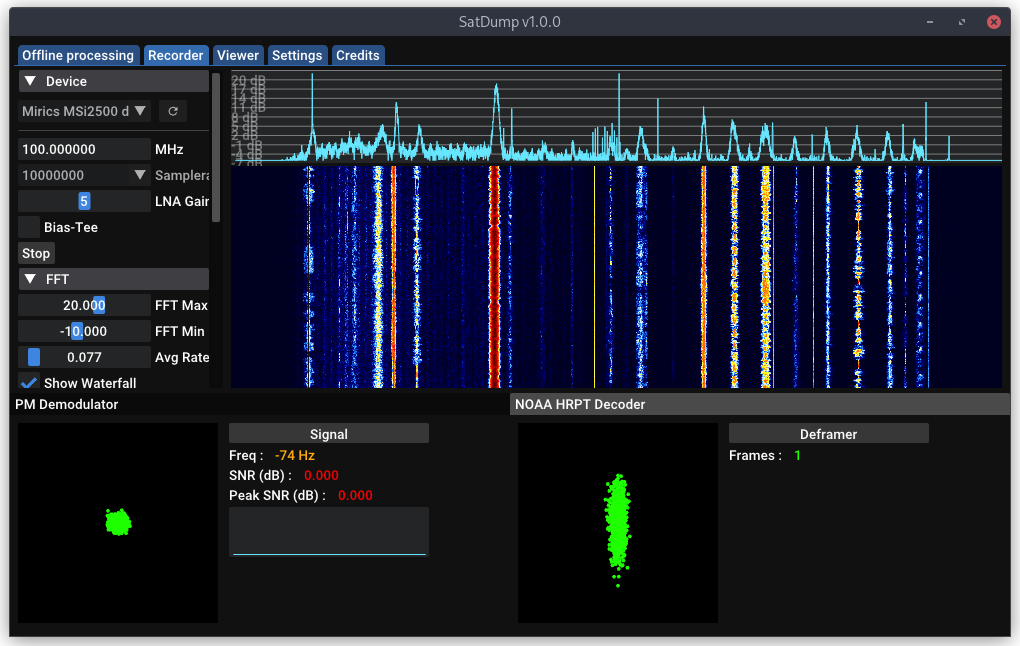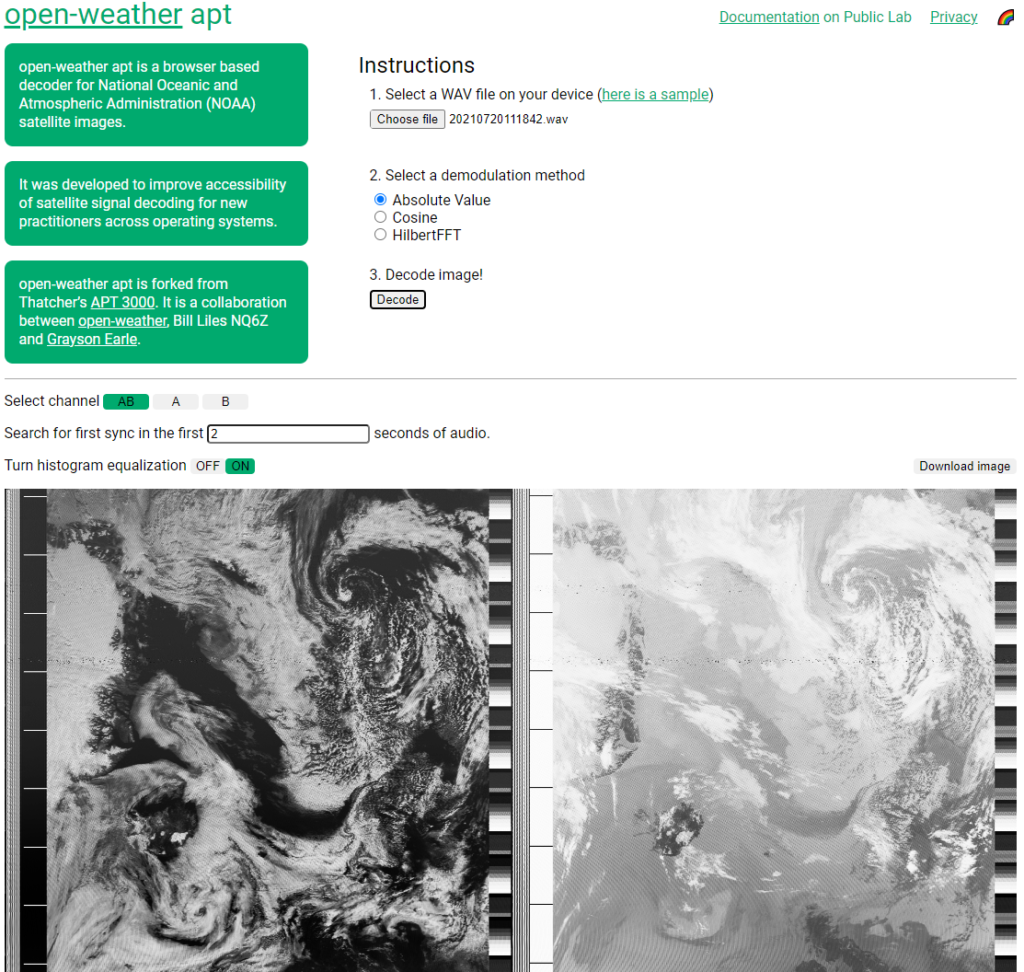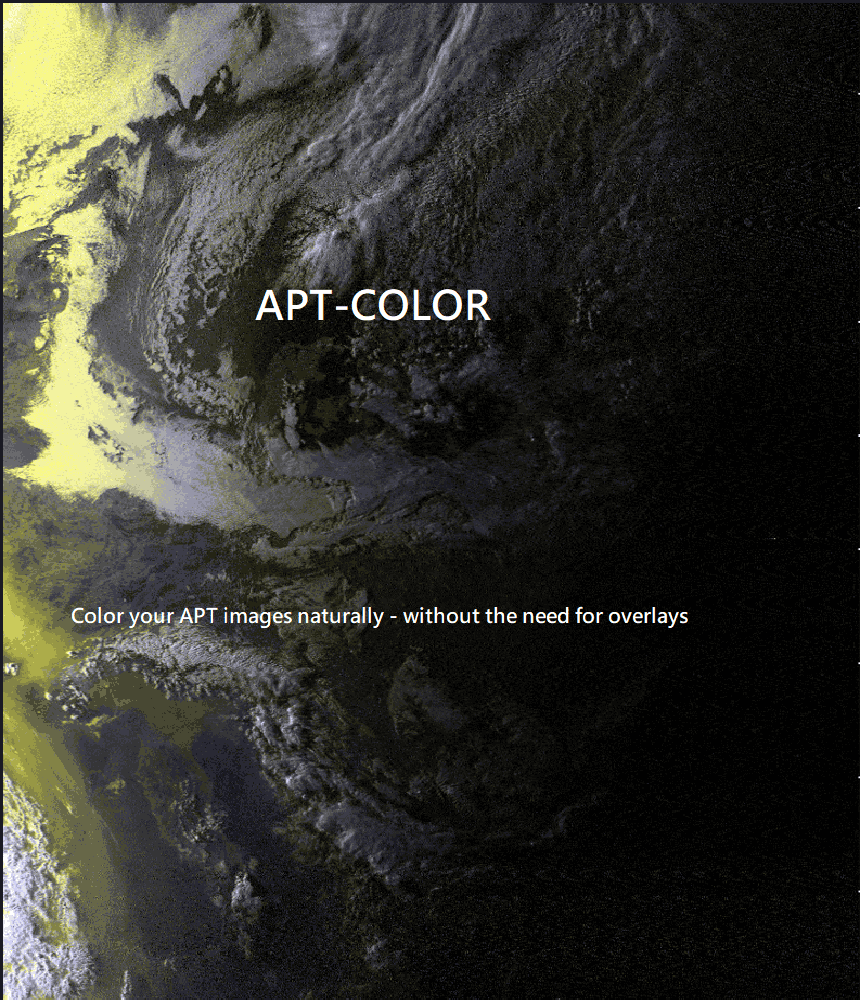Raspberry NOAA V2 Edition 2023 Image Released
Thank you to Manuel Lausmann for submitting news about the release of the "Raspberry NOAA V2 Edition 2023" image for Raspberry Pi's. This image has been created by Jochen Köster (DC9DD), and contains a few enhancements over the previous image, mainly by including a program that allows users to create composite images of images from the Meteor weather satellites. Manuel writes:
This is based on the well-known Raspberry Noaa V2. In this image, however, the latest MeteorDemod has been added, which makes it possible to generate composite images, which was previously only possible under Windows with Meteorgis.
Furthermore, the image has an additional FTP uploader. The image was created by Jochen Köster DC9DD. It's available from today. This image is also part of my off-grid station in Northern Norway.
Download link for the image: https://www.qsl.net/do3mla/raspberry-pi-images.html
Here is a link to the Facebook group for the image: https://www.facebook.com/groups/raspberrynoaav2edition
Here is a link to ranged from my off-grid station where this image is running: https://usradioguy.com/science/off-grid-apt-lrpt-satellite-ground-station
